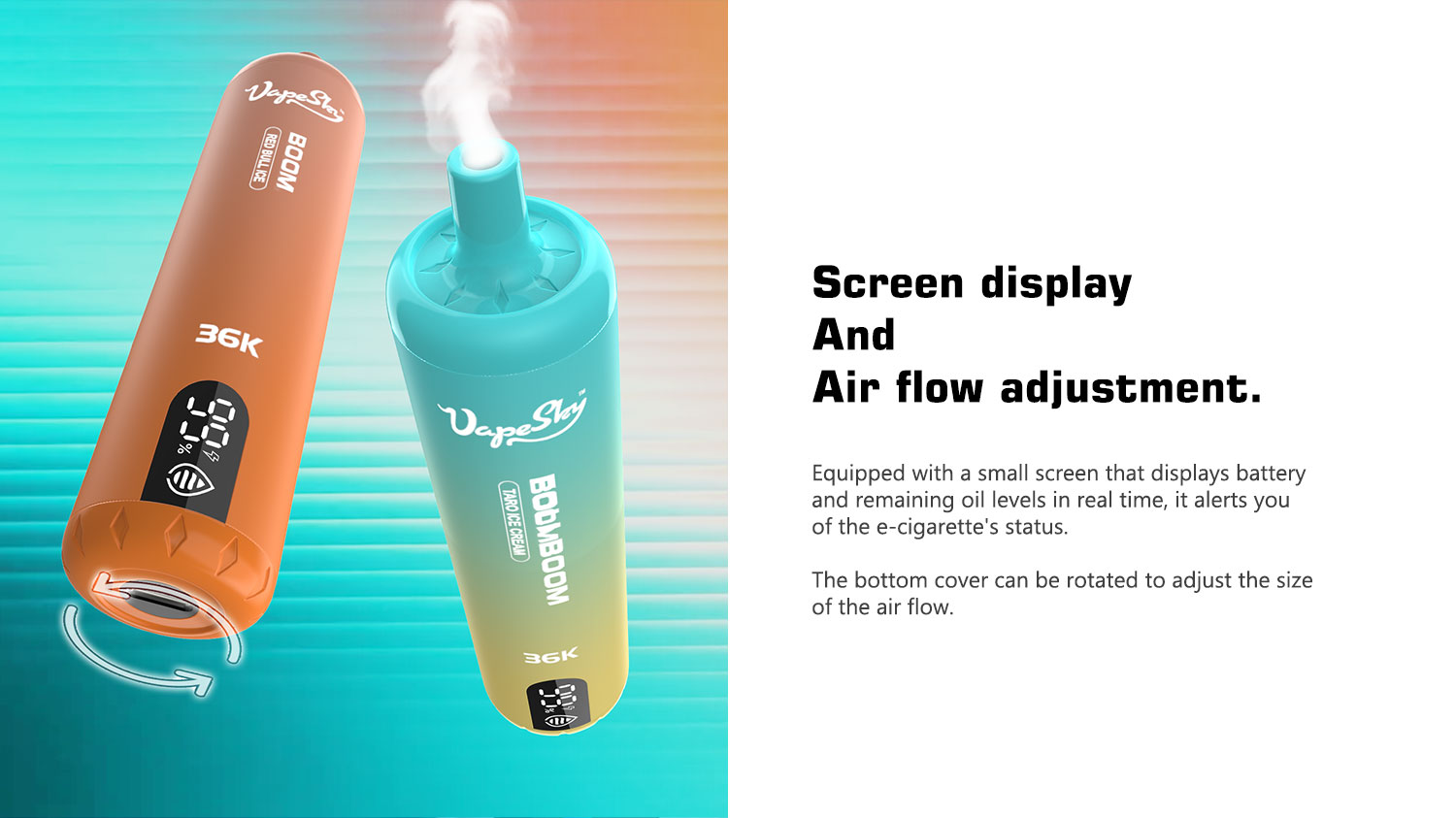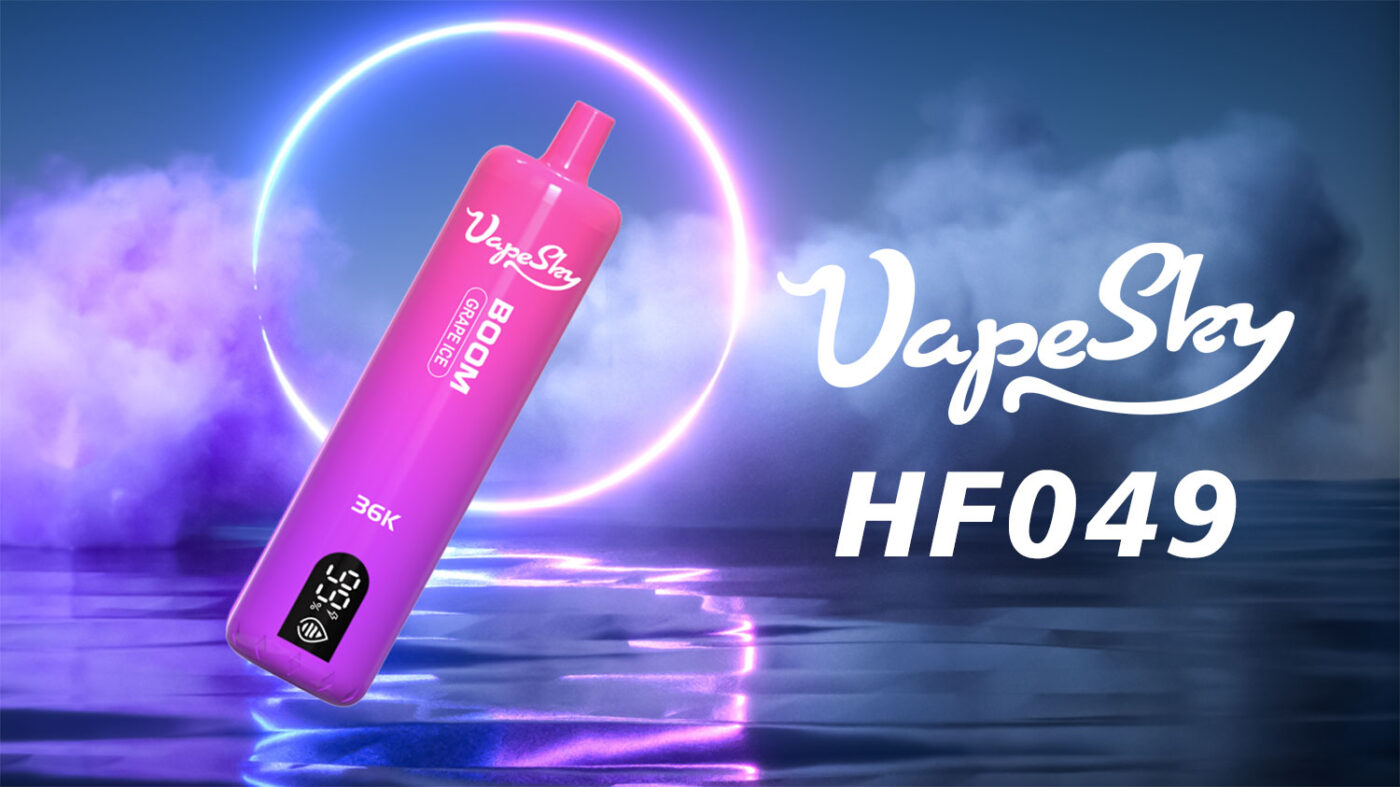What began as a promising tool for harm reduction has morphed into a complex global phenomenon. Vaping culture, with its own aesthetics, language, and social codes, is now a dominant force, particularly among younger generations. But as the clouds of vapor settle, a pressing question emerges: Are we trapped in the smoke we inhale and exhale?

The social fabric of vaping: connection or a shared confinement?
The Allure of the Cloud: Freedom and Identity
The appeal of vaping culture is undeniable. For many, it represents a conscious choice away from traditional tobacco, perceived as a cleaner, more modern alternative. The very act of vaping is steeped in a narrative of freedom—freedom from the smell of smoke, from the stigma of cigarettes, and from the rigid constraints of the past.
Brands like Vapesky have capitalized on this, positioning their sleek devices and innovative flavors not just as products, but as accessories to a contemporary lifestyle. The culture thrives on community; online forums and local vape shops become hubs for enthusiasts to share tips, review new e-liquids, and bond over a shared interest. The vast array of flavors, from crisp mango to decadent dessert, offers a personalized experience, allowing users to curate their own sensory identity. In this light, the vapor cloud is a banner of self-expression.
The Invisible Walls: Dependency and Social Barriers
However, this sense of freedom may be an illusion. The very cloud one creates can become a gilded cage. The most obvious wall is nicotine dependency. Despite the absence of tar and many carcinogens, the highly addictive nature of nicotine remains, often in concentrations that can create a powerful physical and psychological reliance. The convenience of vaping anywhere, often indoors, can lead to constant, all-day use, deepening the dependency.
Socially, what starts as a community can transform into a clique, creating an invisible barrier between those who vape and those who don’t. The shared ritual, the specific jargon, and the culture itself can be exclusionary. Furthermore, the financial commitment to maintaining a vaping habit—constantly purchasing devices, coils, and premium e-liquids from suppliers like Vapesky—creates another form of entrapment. The user becomes locked into a cycle of consumption, funded by their own wallet.

The personal fog: a moment of reflection or a symbol of obscurity?
Navigating the Haze: A Call for Conscious Choice
So, are we trapped? The answer is not a simple yes or no. The culture offers both liberation and limitation. The way forward lies in conscious awareness. For users, it means honestly assessing their relationship with vaping. Is it a tool for harm reduction, a social activity, or a deepening addiction? Recognizing the potential for the “fortress” walls to close in is the first step to ensuring they remain gateways instead.
For the industry, including companies like Vapesky, responsibility is paramount. This means transparent marketing, promoting products to adult smokers seeking alternatives, and investing in research and education. The goal should be to empower user choice, not to foster dependency for profit.
Vaping culture is a double-edged sword. It can be a trend that empowers or a fortress that confines. The smoke we inhale and exhale is more than just water vapor; it’s a symbol of our choices. The ultimate question is whether we control the cloud, or whether we are content to simply be lost within it.

